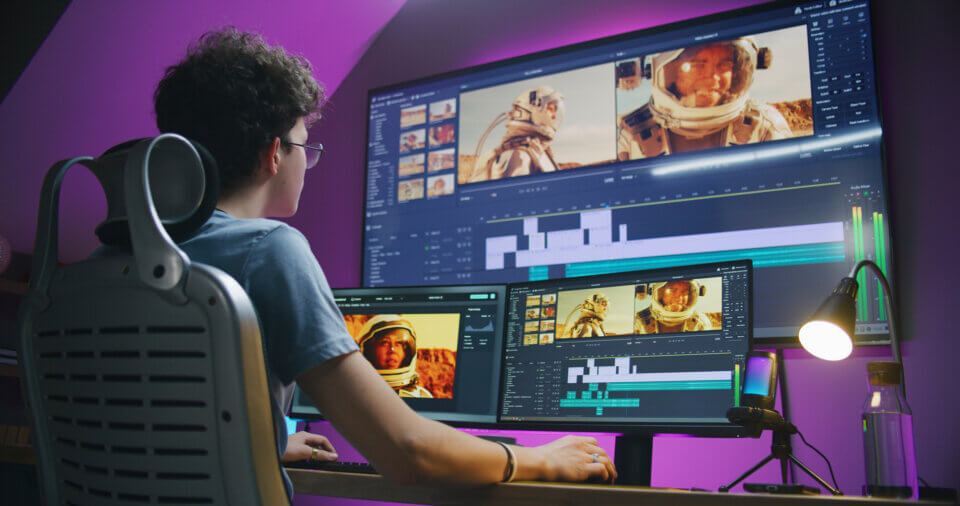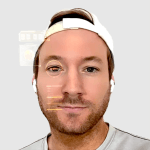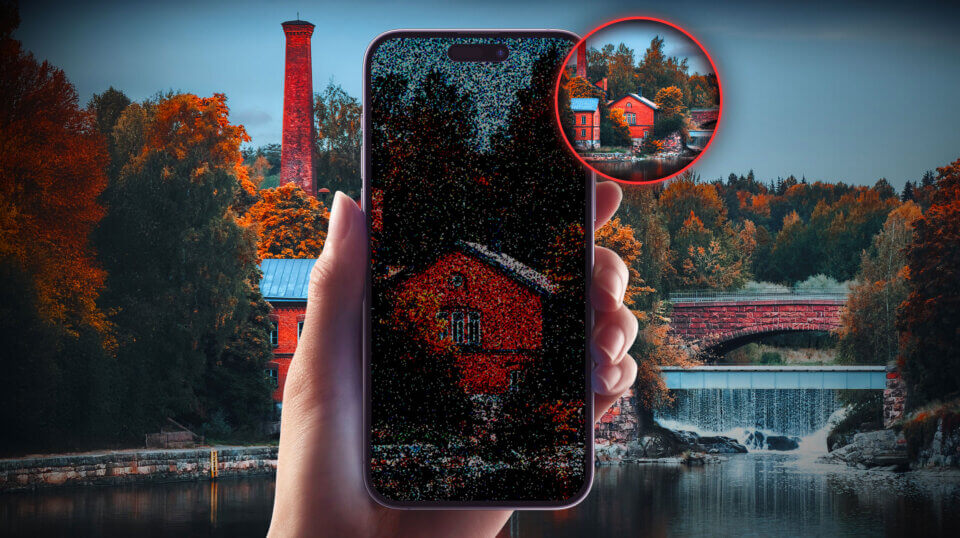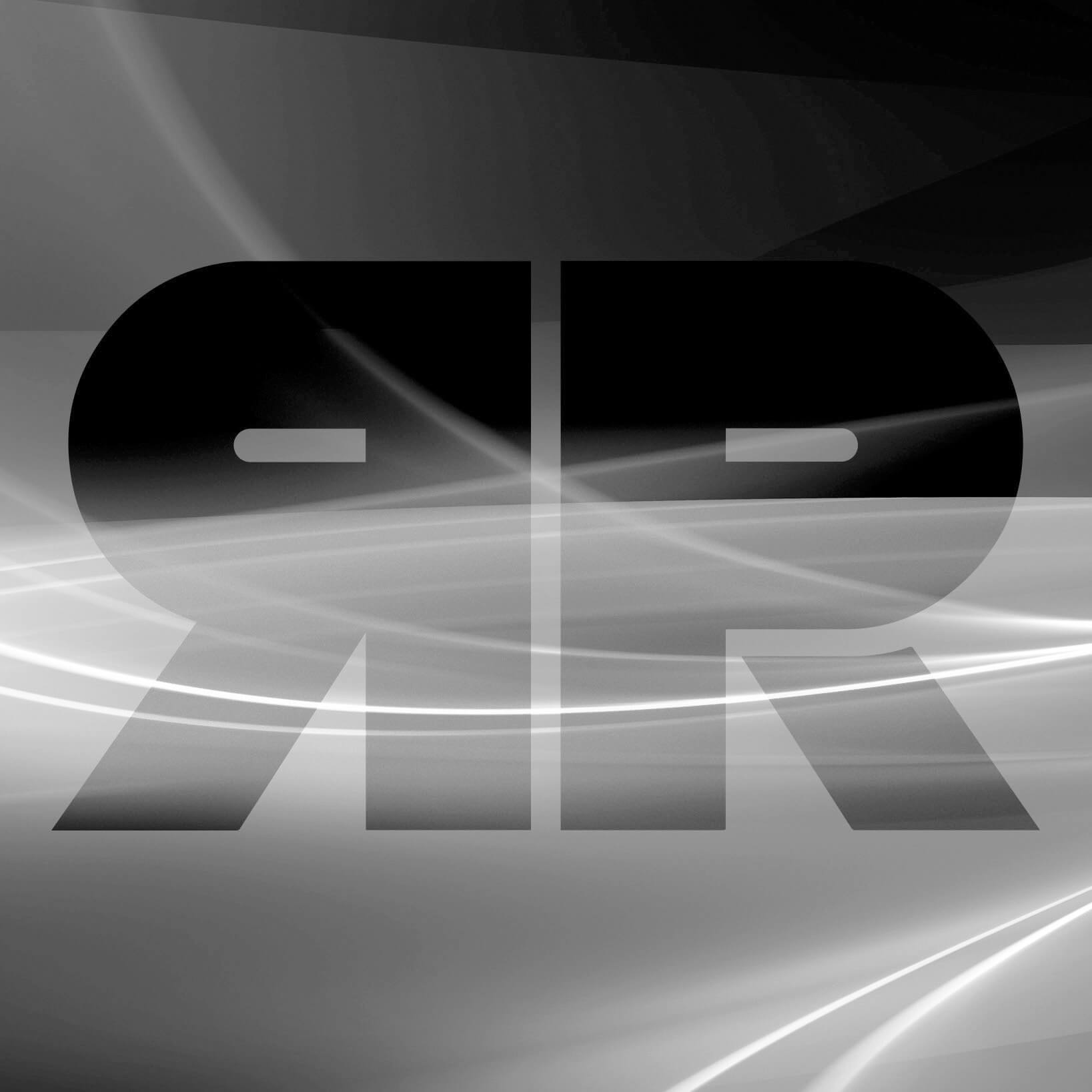Are you investing in immersive experiences or digital content like games, but struggling to get enough reach? You owe it to yourself to promote your experiences with high quality 3D video production that generates excitement and reaches a larger audience. You’ve probably already created the 3D assets anyway - so why not get more use out of them?
3D & VFX Insights
Welcome to our hub for everything 3D and VFX, where we keep you up to date with the latest trends and innovations that we’re excited about and closely monitoring.
3D and VFX are the foundation of immersive storytelling and it’s essential that we stay on top of the rapidly changing tech landscape. Whether it’s optimized 3D content for interactive experiences or highly photorealistic VFX for promotional videos and marketing collateral, you need a partner who is exceptionally talented with these fundamental capabilities.
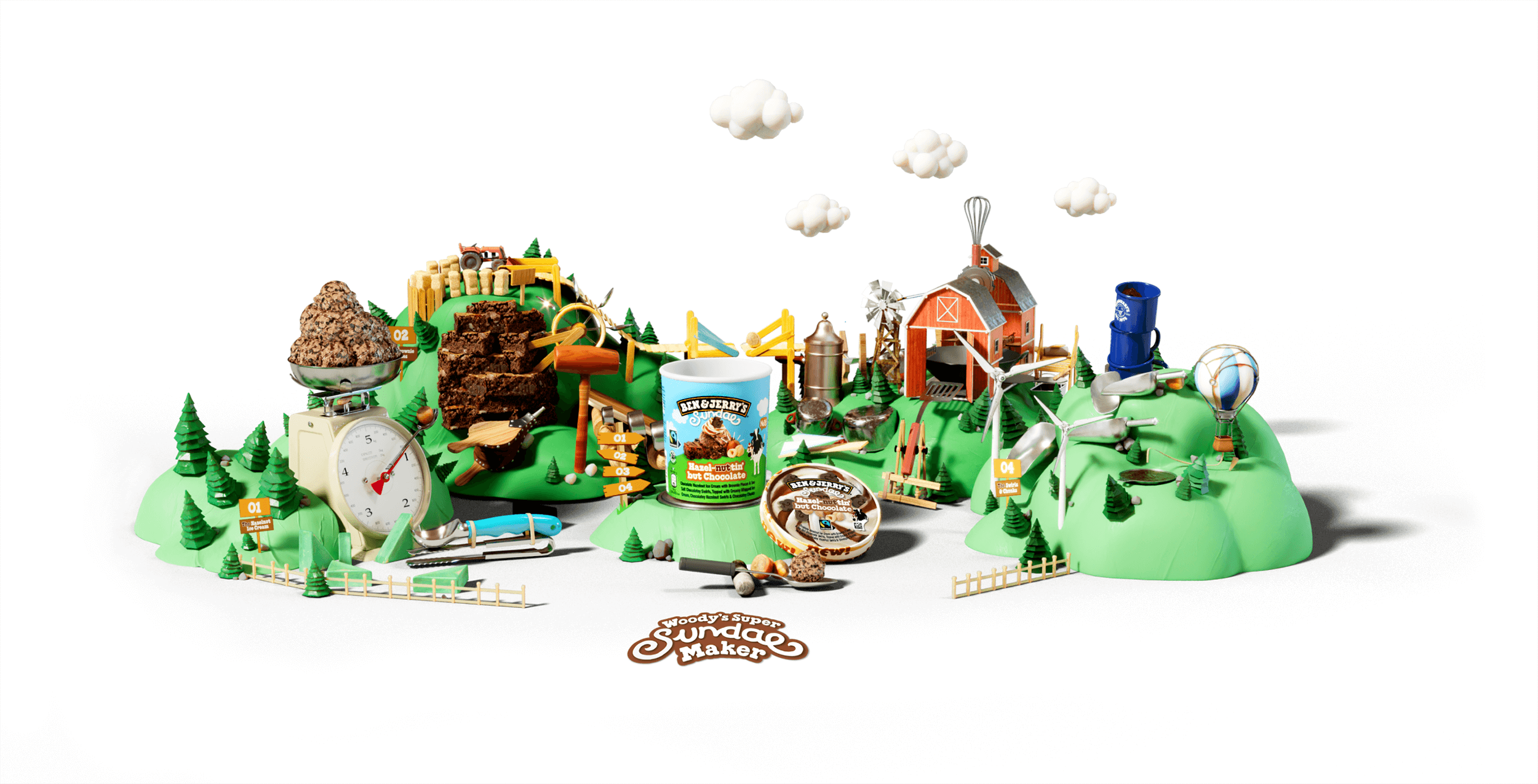
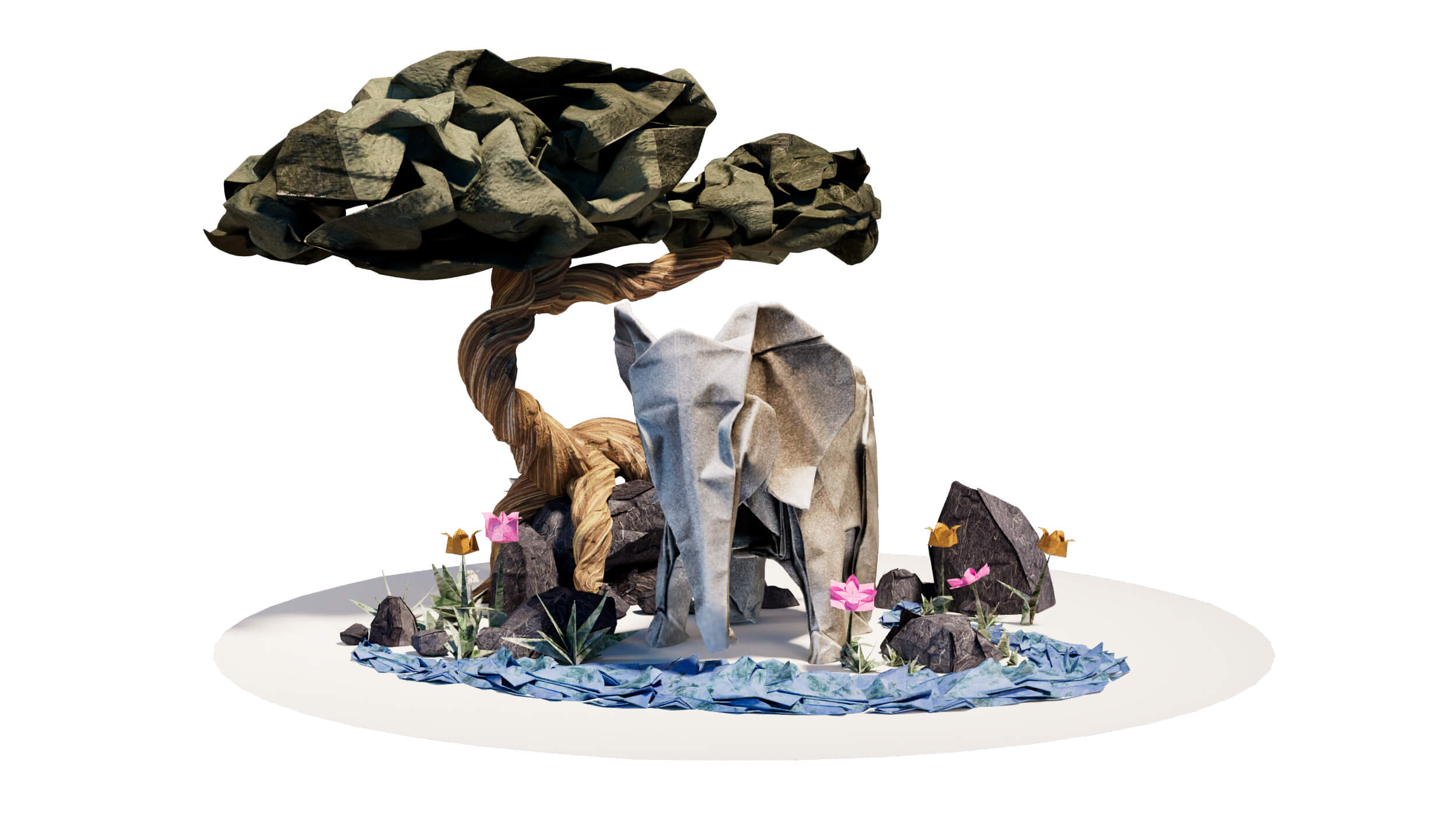
What is 3D modelling?
3D stands for three-dimensional, which means something has height, width, and depth—just like real objects that you can pick up and look at from different angles. 3D modeling is a complex skillset that intertwines creative art and technology to craft digital assets.
Our 3D artists use various software to sculpt and texture objects to make them look as real or as stylized as necessary. The quality of your 3D content can make or break your experience, which is why our team has built proprietary pipelines over the past 15 years to optimize our geometry and bake lighting into materials so they look premium, but run performant. This technique is crucial for building detailed and fully interactive immersive worlds for our clients.
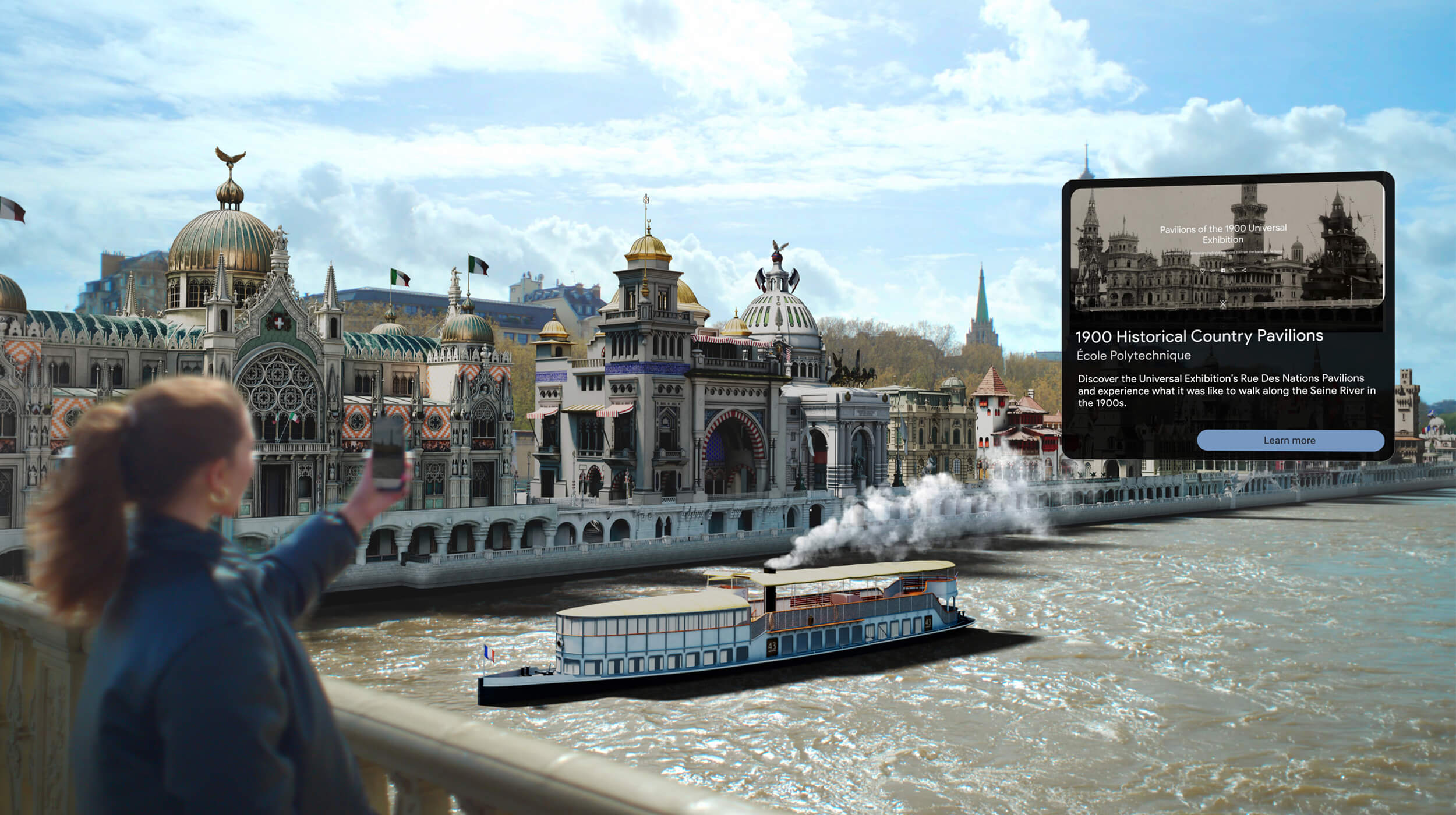
What is VFX?
VFX stands for visual effects. It’s a way to enhance or modify images and videos. Computer generated imagery (CGI) is used to create effects that help make scenes look real that would otherwise be too difficult, expensive, or dangerous to film in real life.
For example, transporting actors to different worlds, bringing imaginative characters or monsters into our world, or overlaying digital experiences over the real world. VFX has become so commonplace in digital storytelling today that you’d be hard pressed to find a movie or even a Tik Tok video without some basic visual effects.
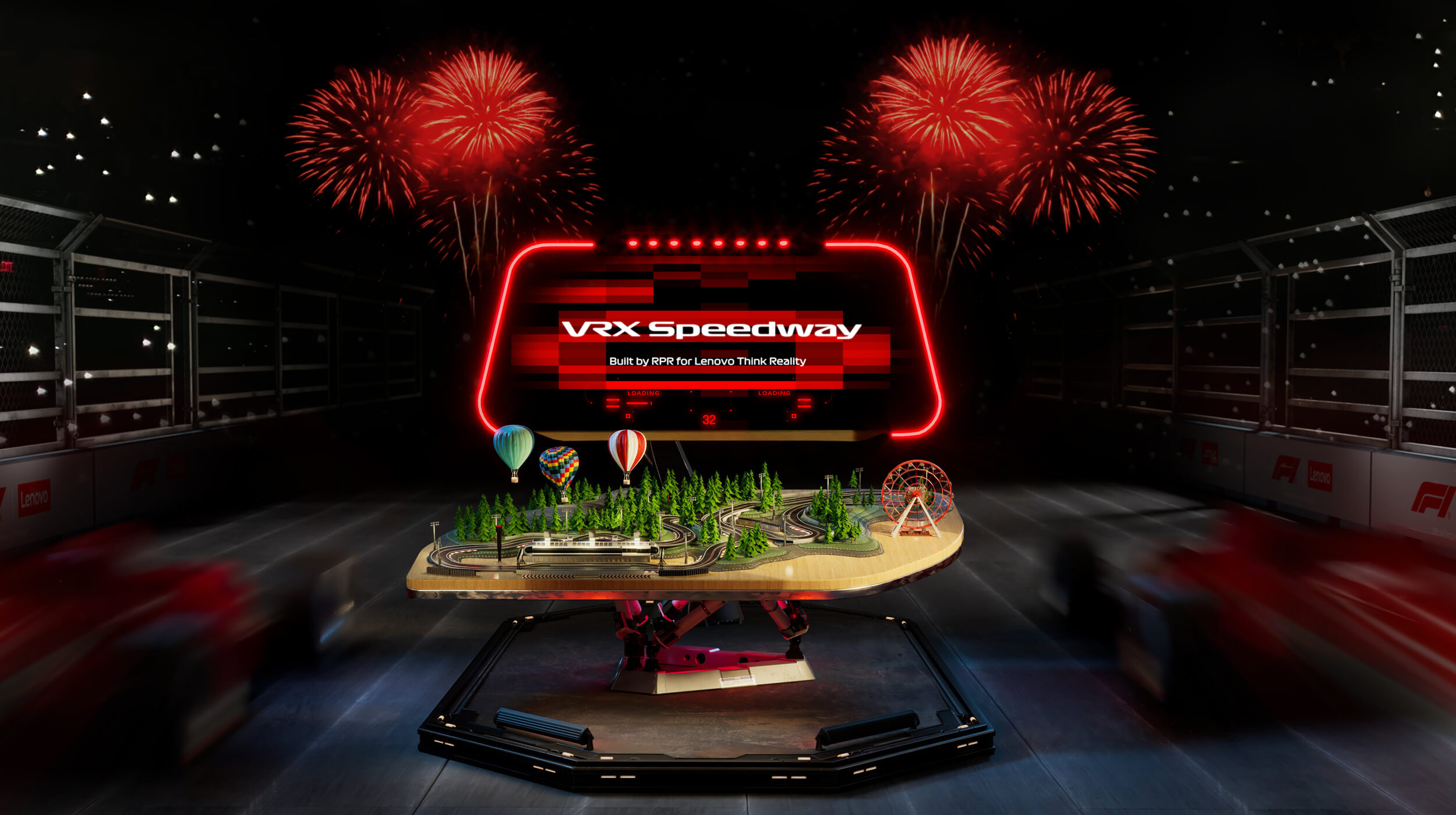
How are 3D and VFX used in immersive storytelling?
In immersive storytelling, 3D and VFX help create realistic and engaging worlds that people can interact with. 3D provides you with assets you can interact with, whether in a virtual world or an augmented reality. VFX adds details “in post” that creates compelling marketing videos or imagery to better tell and promote the story.
Together, they make immersive realities feel believable and fun, essential for AR, VR, XR and mixed reality games or branded experiences.
One of the biggest shifts in 3D rendering techniques is Gaussian splatting - a fast, efficient way to create lightweight, high-quality interactive 3D visualizations that support the development of diverse industries.
Glossary
Brush up on essential 3D and VFX terms for a deeper understanding.
Stay in the know
Sign up to our newsletter for exclusive updates and content, delivered directly to your inbox.
You can opt out at any time, please view our Privacy Policy for more information on how to unsubscribe.
